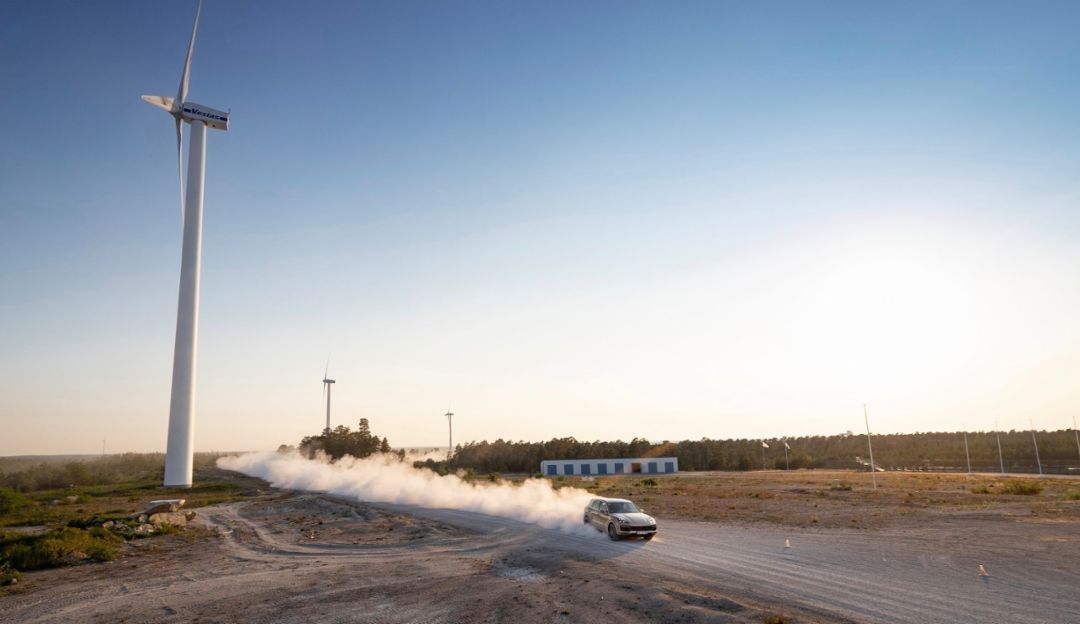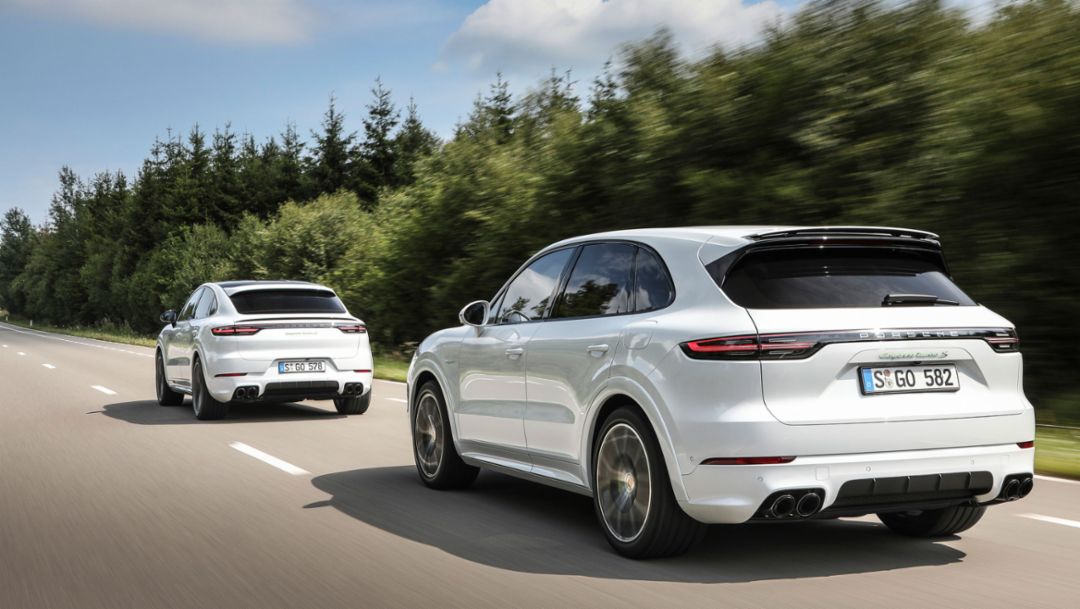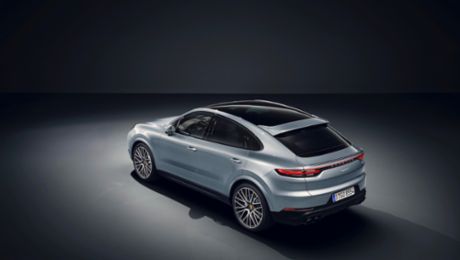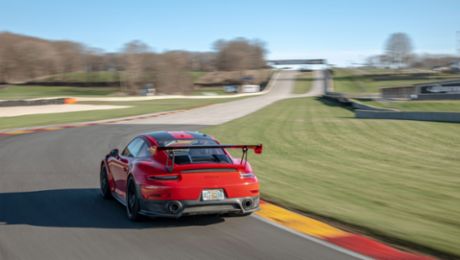As part of a film shoot, the most powerful Cayenne ever clocked a hand-stopped time of 3:51 minutes around the Swedish Gotland Ring, which is still under construction and partly unasphalted. The hybrid SUV ran on used road tyres and was driven by the German racing driver and TV presenter Tim Schrick. While the 3.2-kilometre northern section of the Gotland Ring is already asphalted and in operation, the 4.2-kilometre southern section is still only gravel.
The Cayenne Turbo S E-Hybrid draws its system output of 500 kW (680 PS; fuel consumption combined 3.9–3.7 l/100 km, electricity consumption 19.6–18.7 kWh/100 km, CO2 emissions combined 90–85 g/km) from the intelligent interaction of a four-litre V8 engine (404 kW/550 PS) and an electric motor integrated into the eight-speed Tiptronic S transmission (100 kW/136 PS). The maximum system torque of 900 Nm is available from just above idle. The model accelerates from a standing start to 100 km/h in 3.8 seconds and reaches a top speed of 295 km/h. This exceptional performance is matched by a high level of efficiency: the Cayenne Turbo S E-Hybrid can drive for up to 40 kilometres with zero local emissions. The average NEDC consumption is 3.9–3.7 l/100 km (fuel) and 19.6–18.7 kWh/100 km (electric).
Sporty with hybrid drive
Like all Porsche plug-in hybrids, the new top-of-the-range model in the Cayenne family is also one of the sportiest vehicles in the premium segment – not in spite of its hybrid powertrain but because of it. In the Cayenne Turbo S E-Hybrid, the electric motor is located between the V8 engine and the eight-speed Tiptronic S transmission. The two motors are interconnected via a separating clutch inside the hybrid module, referred to as the Electric Clutch Actuator (ECA). In E-Power driving mode, the electric motor can, on its own, propel the vehicle up to a maximum speed of 135 km/h. It can also be used in the other modes for an additional power boost. These modes can be selected via the standard Sport Chrono Package (Hybrid Auto, Sport and Sport Plus). Porsche has taken this boost strategy from the 918 Spyder super sports car.
Watch an on-board video of the lap here:







